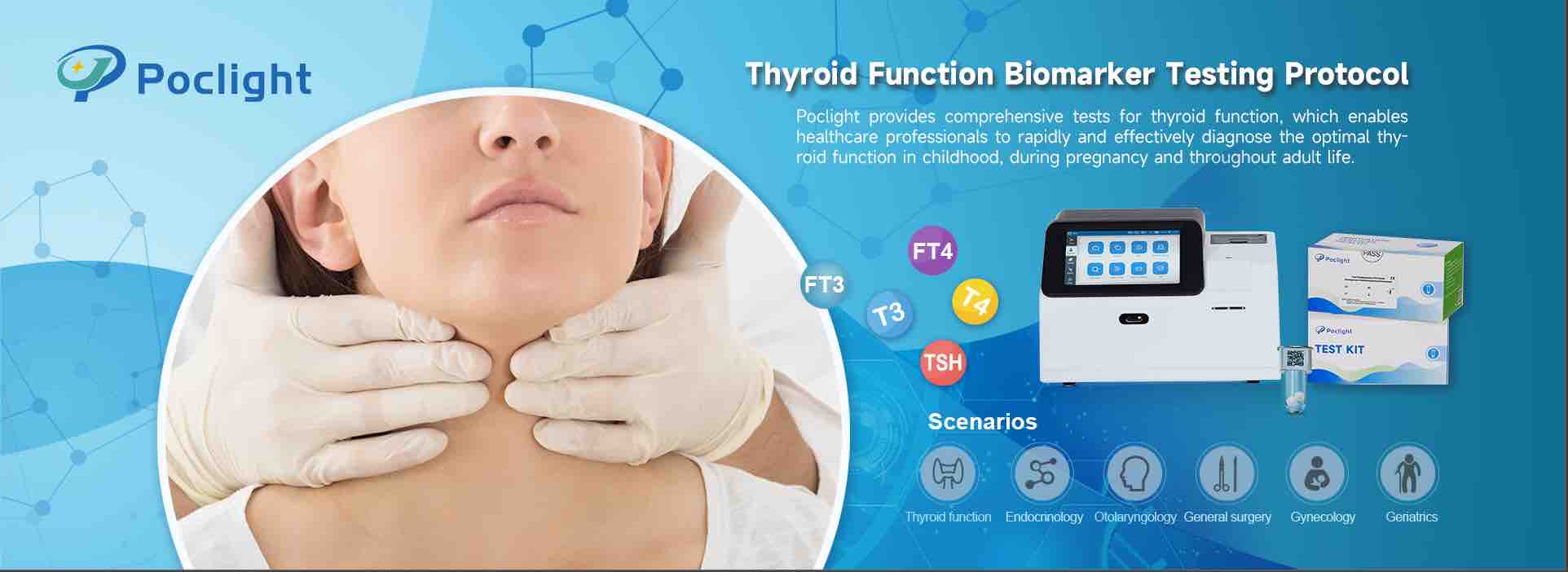 TSH CLIA kits - (Chemiluminescence Immuno Assay)
TSH CLIA kits - (Chemiluminescence Immuno Assay)
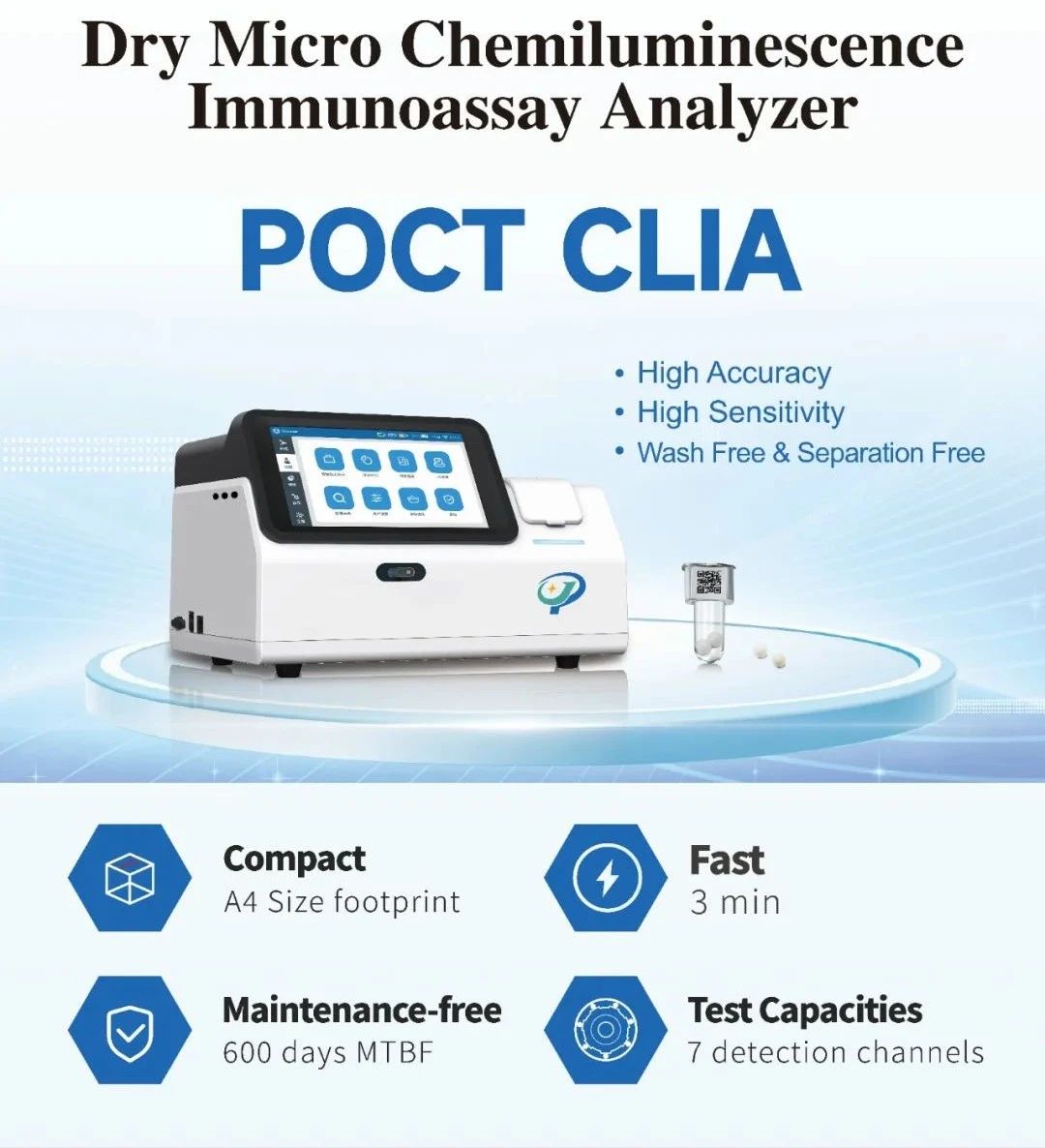 Cluster of differentiation(CD)Markers Detection: Chemiluminescence Immunoassay Analyzer and Reagents
Cluster of differentiation(CD)Markers Detection: Chemiluminescence Immunoassay Analyzer and Reagents
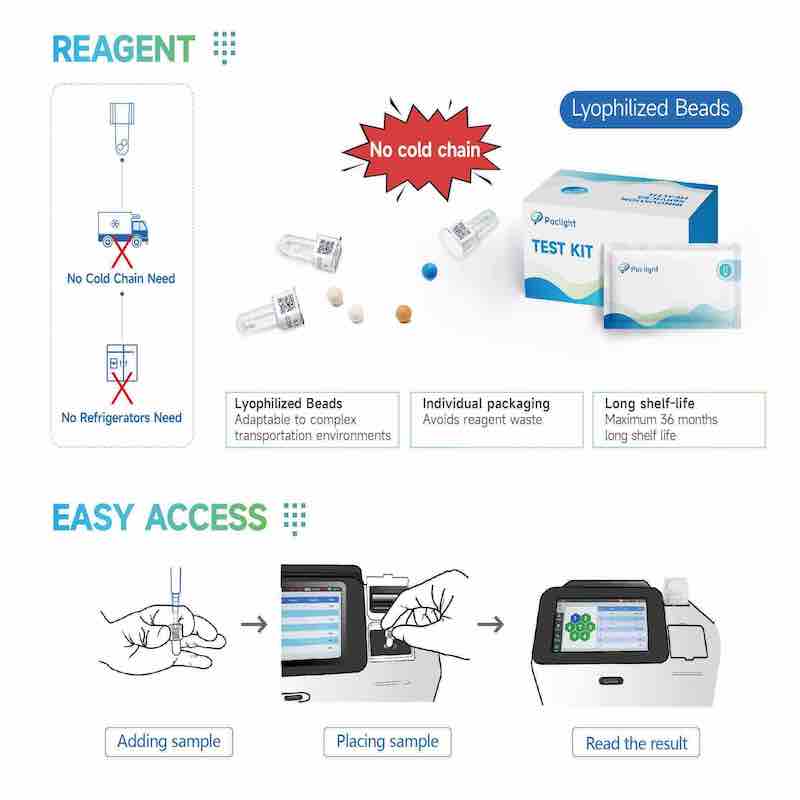 Application of heparin-binding protein detection in respiratory infectious diseases
Application of heparin-binding protein detection in respiratory infectious diseases
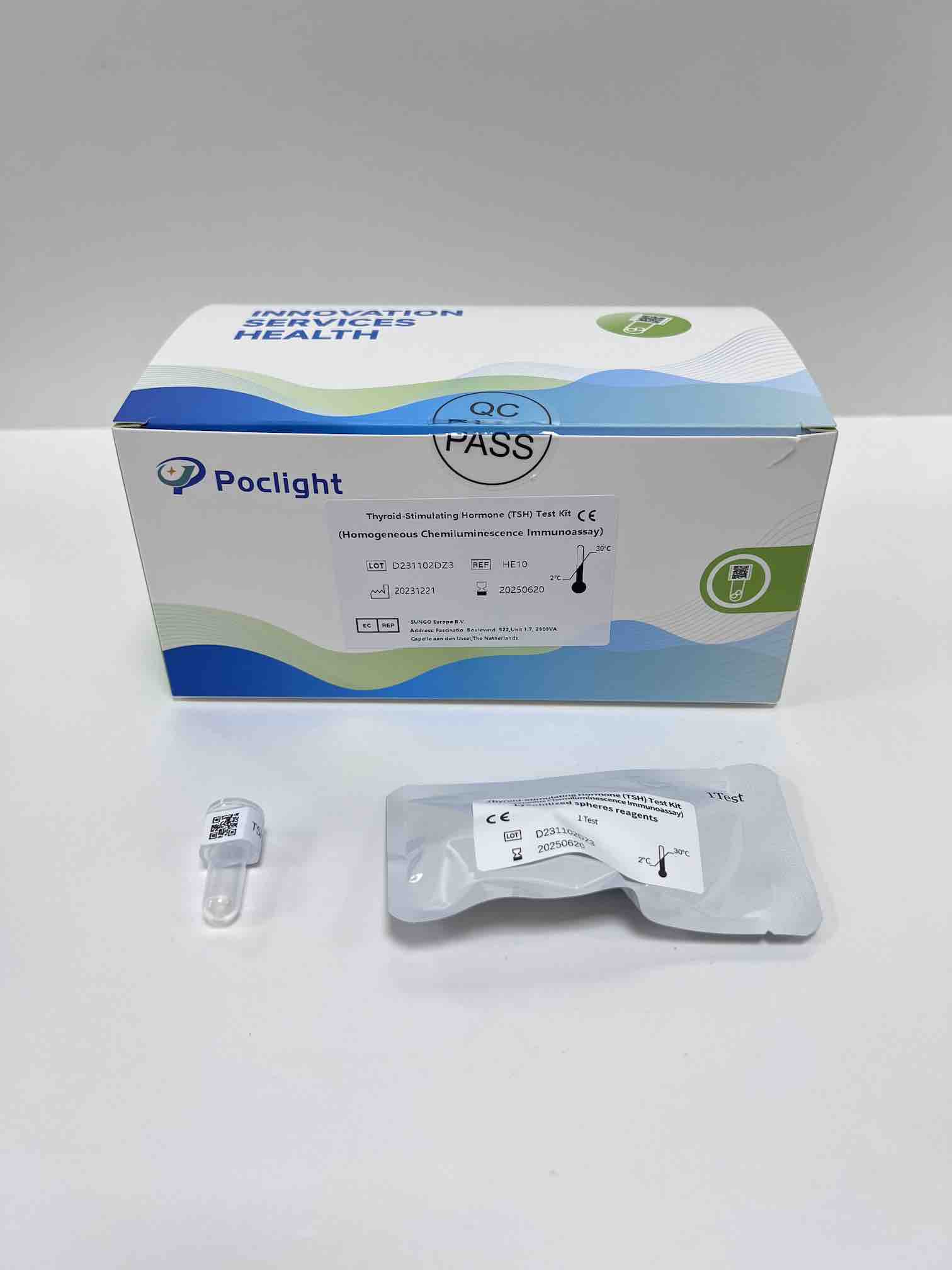 Clinical application of procalcitonin (PCT) in the emergency department
Clinical application of procalcitonin (PCT) in the emergency department
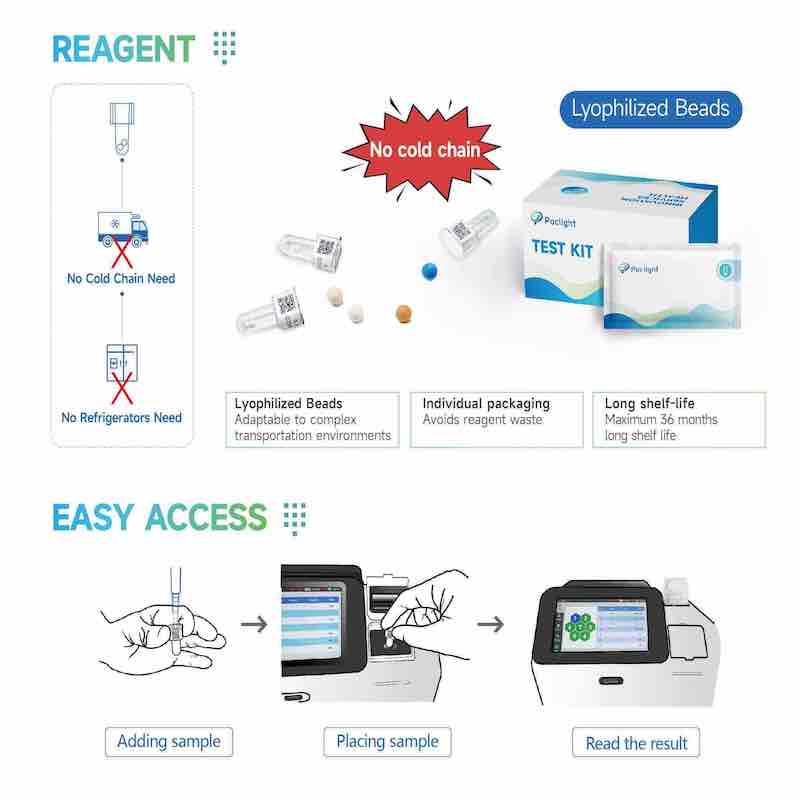 Seminar —— Integrated management of cardiovascular disease
Seminar —— Integrated management of cardiovascular disease
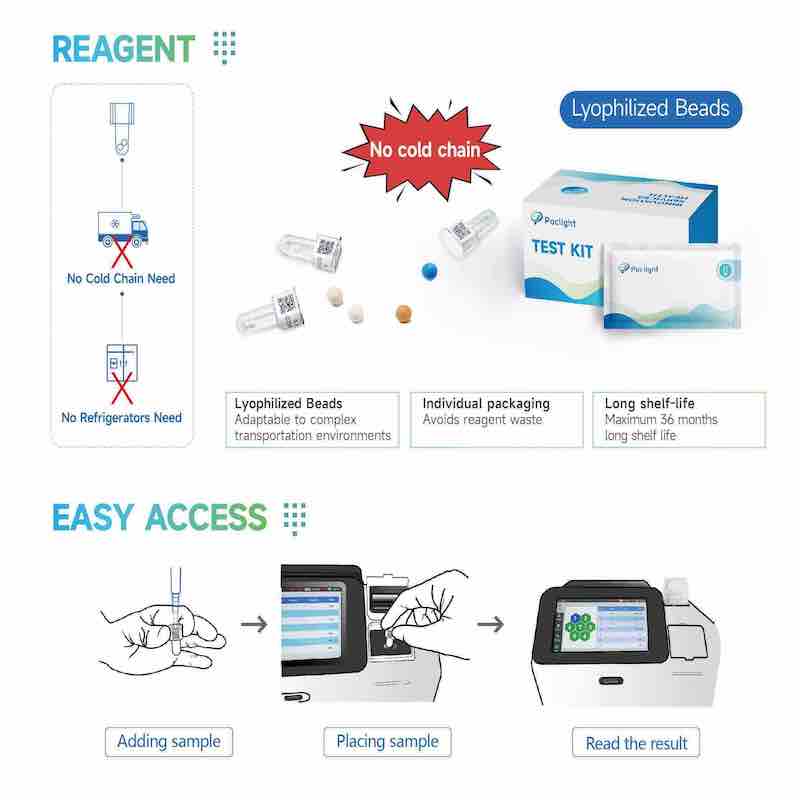 World Stroke Day | "Wind" risk in platelet activation early warning
World Stroke Day | "Wind" risk in platelet activation early warning












